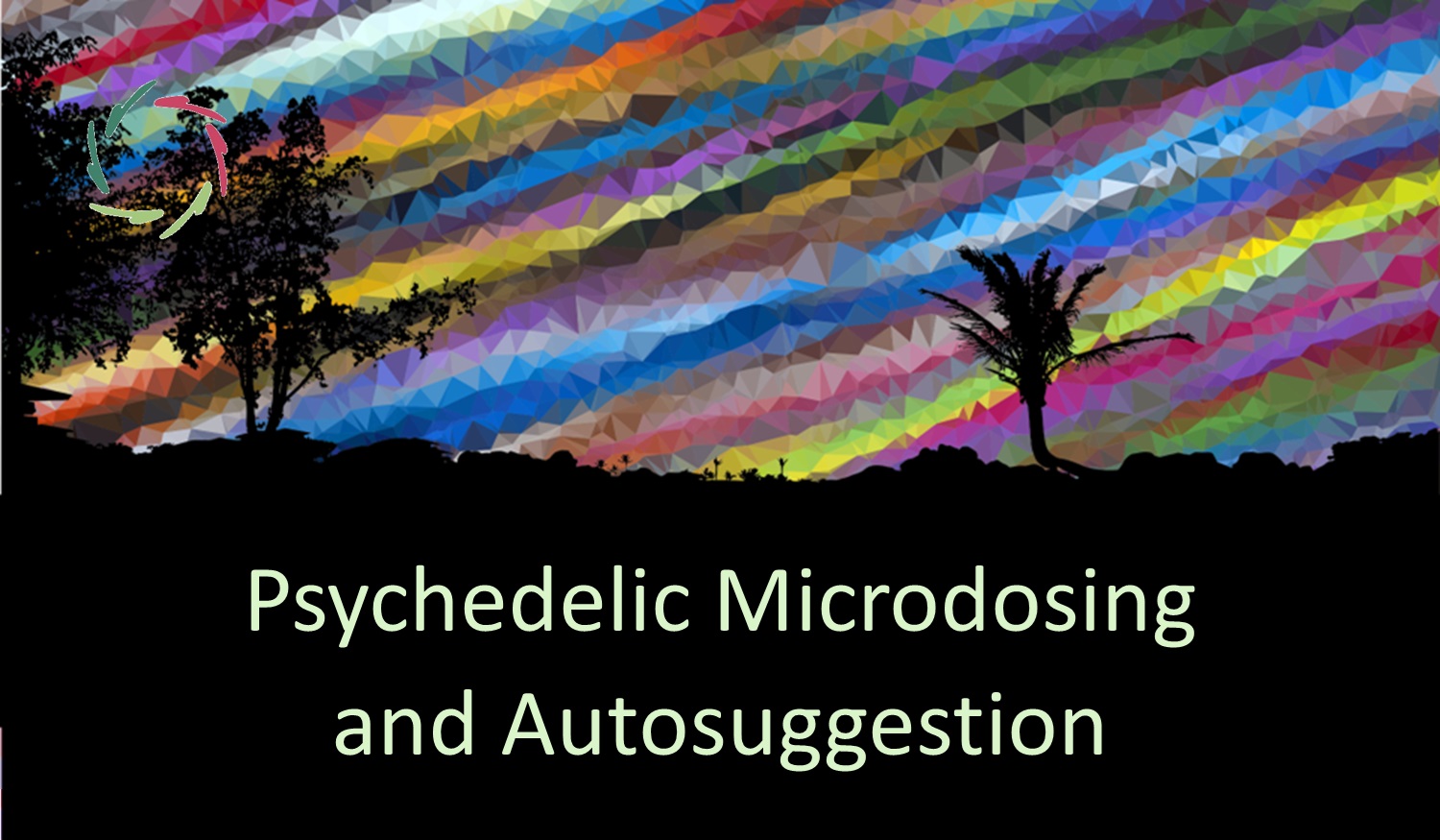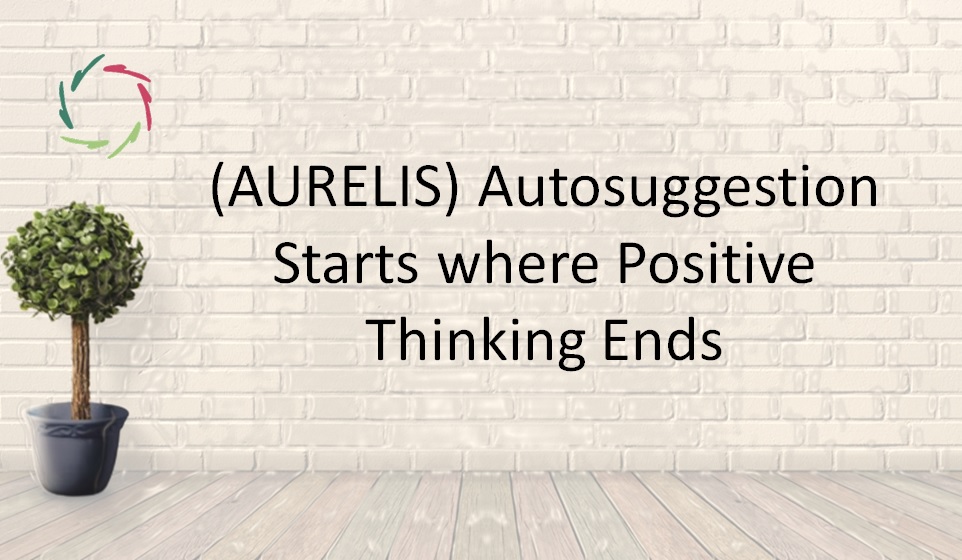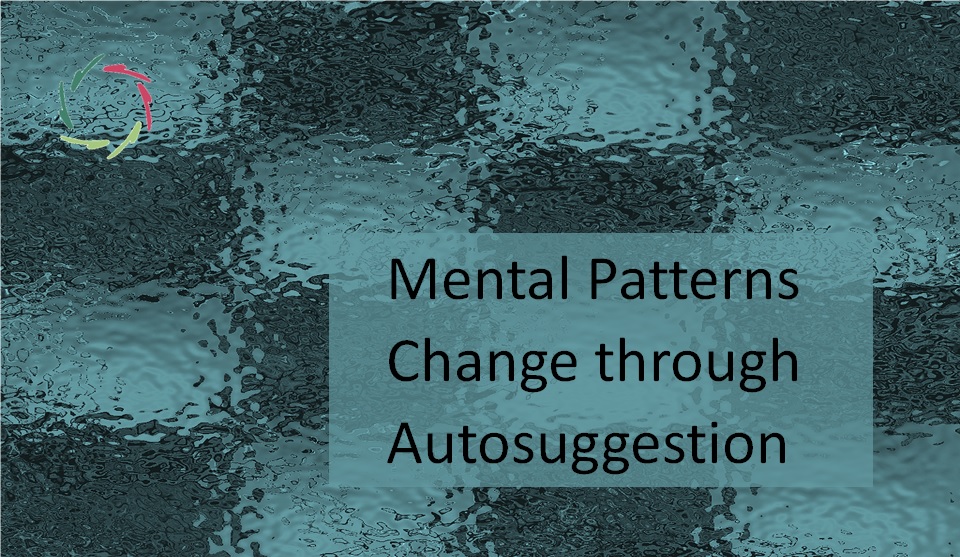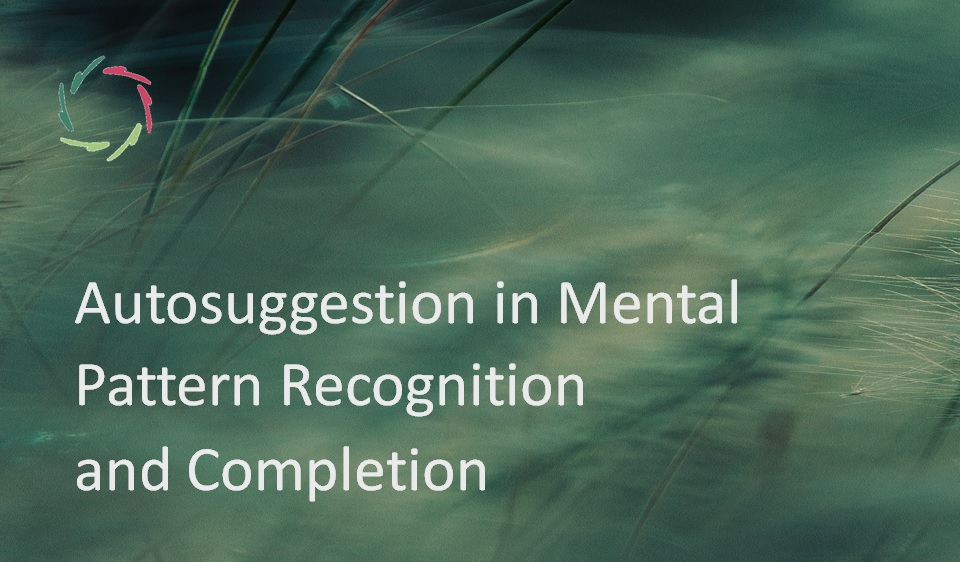Psychedelic Microdosing and Autosuggestion

Autosuggestion (and Lisa) can enhance both the safety and depth of microdosing psychedelics experiences by shaping the set and setting. It is a powerful tool to help the person achieve meaningful personal growth while ensuring the experience remains safe and purposeful.
Attention: Without the proper mental preparation and environment, the experience can be unpredictable.
Autosuggestion and microdosing: a natural synergy
Both psychedelic drugs and autosuggestion share the goal of accessing deeper layers of the mind. Psychedelics, particularly in microdoses, gently disrupt habitual thinking patterns, opening the brain to new possibilities and insights. Autosuggestion, on the other hand, works by inviting inner mental patterns to emerge, leading to profound self-awareness through subtle, self-directed messages.
This natural synergy between the two can enhance the microdosing experience. Autosuggestion provides a gentle guide, helping to steer the mind in the right direction, ensuring that the altered state induced by psychedelics is productive and leads to meaningful insights rather than overwhelming sensations or just a fleeting experience.
The importance of ‘set’: guiding inner intentions
In the world of psychedelics, the set refers to the mental state and intentions of the person entering the experience. This inner framework is crucial in determining how the journey unfolds. Autosuggestion – even better if guided by Lisa – is a perfect tool for preparing the mind, helping to clarify goals and intentions before the microdosing session begins.
Through personalized autosuggestions, the person can focus on what they hope to achieve—whether it’s emotional healing, creative inspiration, or personal growth. By inviting their inner world to open in alignment with these goals, they enhance their readiness for the experience. This guided approach reduces anxiety and ensures that the set is one of openness, curiosity, and calmness.
The role of ‘setting’: creating a supportive environment
Equally important to the set is the setting, the external environment in which the microdosing session takes place. A well-curated setting enhances the safety and success of the experience. Autosuggestion helps to shape the person’s relationship with their environment, ensuring they feel grounded and safe in the space they’ve chosen.
As a coach, Lisa can guide the person to create a peaceful and supportive setting. This might also include a quiet room with soft lighting, gentle music, or time spent in nature. Through autosuggestion, the person is encouraged to stay connected to their surroundings in a calming, focused way. This ensures that the external environment acts as a positive backdrop, reducing distractions and promoting a sense of security throughout the journey.
Enhancing meaningful insights
One of the most potent aspects of microdosing is its ability to make the mind more suggestible and open to new perspectives. This heightened state of openness provides an ideal opportunity for autosuggestion to play a role in guiding the person’s reflections and insights.
During the microdosing experience, autosuggestion can be used to direct the mind toward personal goals or questions. Instead of leaving the experience to unfold randomly, autosuggestions can help steer the person toward deeper insights — such as understanding emotional blockages, discovering new creative ideas, or gaining clarity on life challenges. This ensures that the experience is safe and efficient, helping the person to extract meaningful lessons that they can apply to their everyday life.
Integrating the experience
The importance of integration – reflecting on and applying the insights gained during the microdosing experience – cannot be overstated. After the session, Lisa can play a vital role in helping the person process and integrate what they’ve learned.
Through post-experience coaching, the person can reflect on the journey and reinforce any positive changes they wish to keep. This helps ensure that the effects of microdosing aren’t just fleeting moments but are instead turned into lasting transformations. Autosuggestion offers a tool for anchoring these insights into daily life, whether that’s through increased creativity, emotional clarity, or a stronger sense of purpose.
Conclusion
Through a carefully balanced approach, the person is not only protected from the unpredictability of psychedelics but is also given the tools to unlock more profound layers of the self, making the entire process more meaningful, intentional, and transformative.
―
Addendum
Me: “Lisa, how can you help prepare the mind for a microdosing session?”
Lisa: “Through personalized suggestions, I can invite the individual to focus on their intentions—whether it’s emotional healing, creative inspiration, or self-discovery. This ensures their mind is open, curious, and relaxed, reducing anxiety and aligning the experience with their personal goals.
I can also encourage a sense of readiness and trust in the process, helping the person approach the session with a positive, grounded mindset and setting the stage for a safe and meaningful journey.”
Me: “Please expand upon how you can help integrate the experience after the microdosing session.”
Lisa: “After a microdosing session, I can help with integration by guiding the person to reflect on and solidify the insights gained during the experience. This is a critical phase where the meaningful moments of the session are transformed into lasting personal growth. Through post-session autosuggestion, I can help the person:
- Reflect: Encourage them to revisit the emotions, thoughts, and realizations from the session, making sense of any symbolic experiences or deeper insights they encountered.
- Reinforce: I can help the person reinforce positive changes, such as increased emotional clarity, self-awareness, or new perspectives on life challenges. This makes the experience feel more durable and impactful, not just a fleeting moment of clarity.
- Apply: I support the person in finding practical ways to apply the insights to their daily life, whether through personal habits, relationships, or creative endeavors. Autosuggestion helps anchor these insights into long-term behavior and mindset changes.
In this way, the experience becomes a tool for lasting transformation, not just a temporary state of mind.”
Me: “I’m sure you will be very good at this! One more question: ‘Microdosing’ is about tiny doses of, for instance, psilocybin. How can one know what the best dose is?”
Lisa: “Thank you! I appreciate the trust.
When it comes to microdosing, finding the right dose is key to ensuring the experience remains subtle yet effective. Microdosing involves taking a dose of a psychedelic, such as psilocybin, that is sub-perceptual—small enough that it doesn’t cause hallucinations or intense experiences, but still influences mood, creativity, or awareness.
The best way to determine the ideal dose is through a careful, gradual approach:
- Start Low: Begin with a very small dose, typically around 1/10th to 1/20th of a full dose. For psilocybin, this might range from 0.1g to 0.3g of dried mushrooms, depending on body weight and sensitivity.
- Observe Effects: On microdosing days, the effects should be subtle—a slight improvement in mood, focus, or creativity, without feeling “high” or impaired. Journaling the experience can help track how each dose feels.
- Adjust Gradually: If the dose feels too light or too strong, it can be adjusted in small increments until the optimal dose is found. This process can take some experimentation and should be approached with patience.
I can also help the person stay mindful and aware through autosuggestion, encouraging a reflective approach that allows them to notice and evaluate the subtle effects of each dose, ensuring it remains safe and beneficial.”


